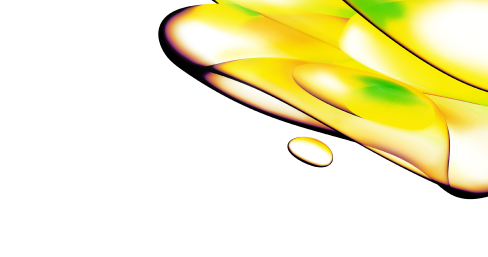Resource Center
Explore Resource Types
We have housed the technical documents (SDS, COAs, Manuals and more) in a dedicated section.
Explore all All Resources
Filters
Select resource types
Select products & services (1)
Select solutions
Active Filters (1)
Clear All
61 - 70 of 70 Results
Sort by:
Best Match
Nuclei segmentation on brightfield images using a pre-trained Artificial Intelligence (AI) model
Technical note describing the use of Phenologic.AI software module, for Signals Image Artist and Harmony image analysis software, for nuclei segmentation of brightfield images.
High-content imaging of brain-on-chip microfluidic devices using PreciScan intelligent acquisition.
In collaboration with ETAP-Lab, this technical note demonstrates automated image acquisition of brain-on-chip microfluidic devices for neuronal research.
Advanced characterization tools for organoid research: Analyzing cell type diversity, morphology, and function
Literature review highlighting advancements in organoid characterization techniques for analyzing cell type diversity, morphology, and function.
Inhibiting interleukin 11 signaling reduces and reverses many dangerous effects of NAFLD/NASH in mouse models
Study demonstrating that inhibiting Interleukin 11 Signaling Reduces Hepatocyte Death and Liver Fibrosis, Inflammation, and Steatosis in Mouse Models of NASH
Quantifying TNFR1 in both soluble and membrane bound form using AlphaLISA technology
Quantifying TNFR1 in both soluble and membrane bound form using AlphaLISA technology
Quantitative analysis of lysine 36 demethylation with AlphaLISA
This technical note provides details on how the AlphaLISA immunodetection assay quantifies the demethylation of a biotinylated Histone H3 (21-44) peptide that is tri-methylated at lysine 36
AlphaLISA Acetyl‑Histone H3 lysine 9 (H3K9ac) cellular assay
This technical note provides information on how the AlphaLISA immunodetection assay detects variations in acetylated histone H3 lysine 9 (H3K9ac) levels within cellular extracts
Assessing AST released in a cell culture model of liver toxicity using AlphaLISA
In this technical note, we showcase the utility and advantages of using AlphaLISA assays to identify and quantify AST protein levels in cellular lysate and supernatant from a human hepatoma cell line
AlphaLISA for biomarkers in urine: Measuring the renal tubular injury indicator, β2-microglobulin
In this study, AlphaLISA™ technology is demonstrated for the first time in the complex matrix of urine, and is shown to detect the renal tubular injury marker Beta2-microglobulin (β2-microglobulin), in urine at a sensitivity
Multi-parametric high-throughput analysis of hepatotoxicity using a 3D primary liver cell culture model
The creation of an advanced 3D primary human hepatocyte (PHH) model using the RASTRUM platform that seamlessly integrates with Revvity’s HTS technologies.


Looking for technical documents?
Find the technical documents you need, ASAP, in our easy-to-search library.




























